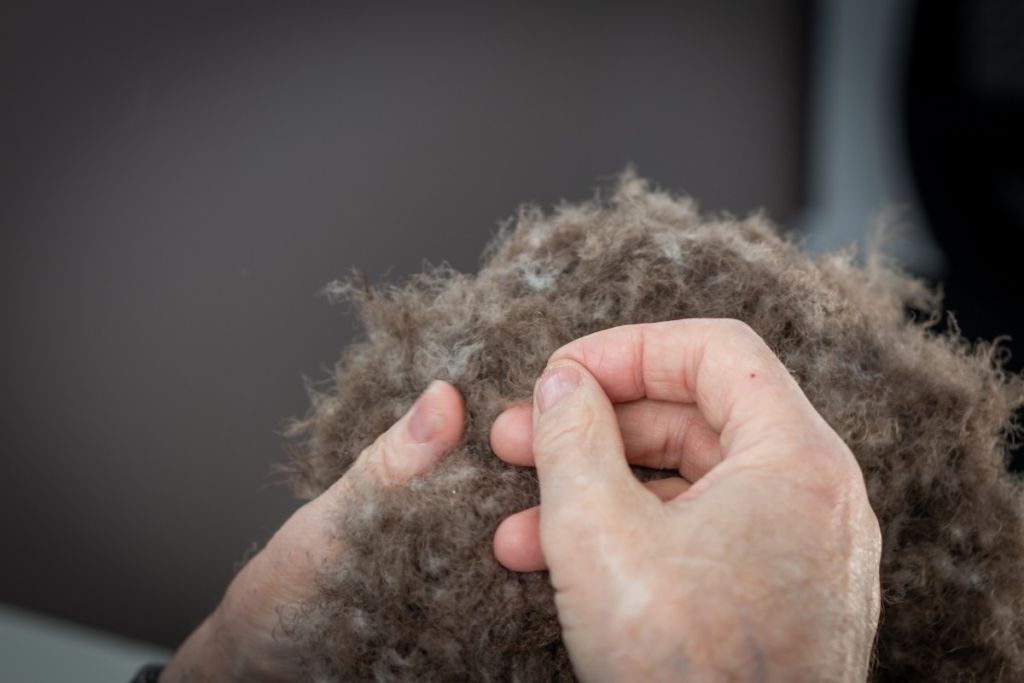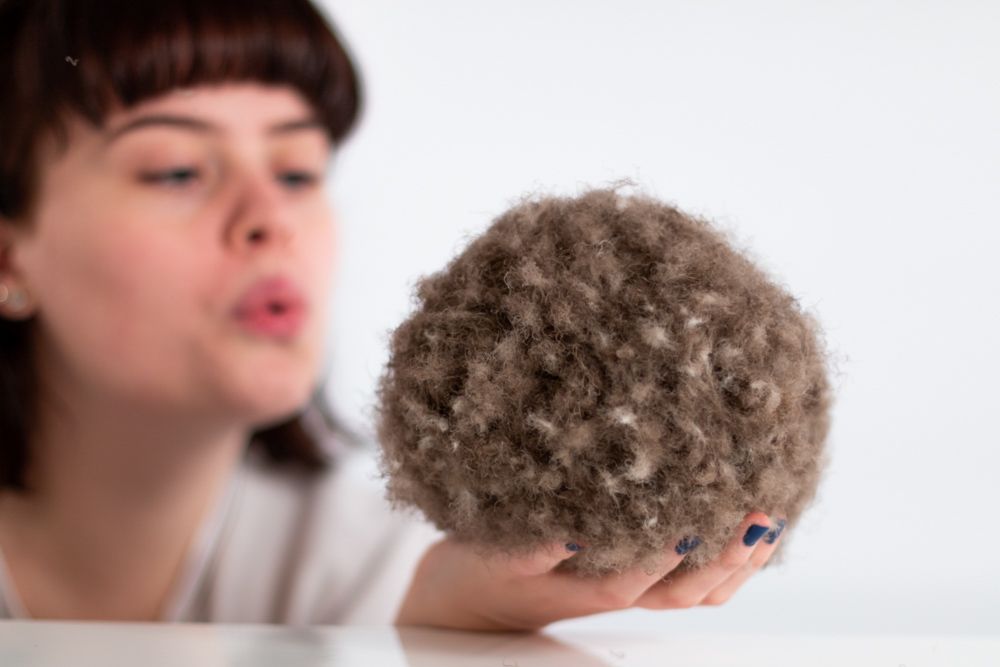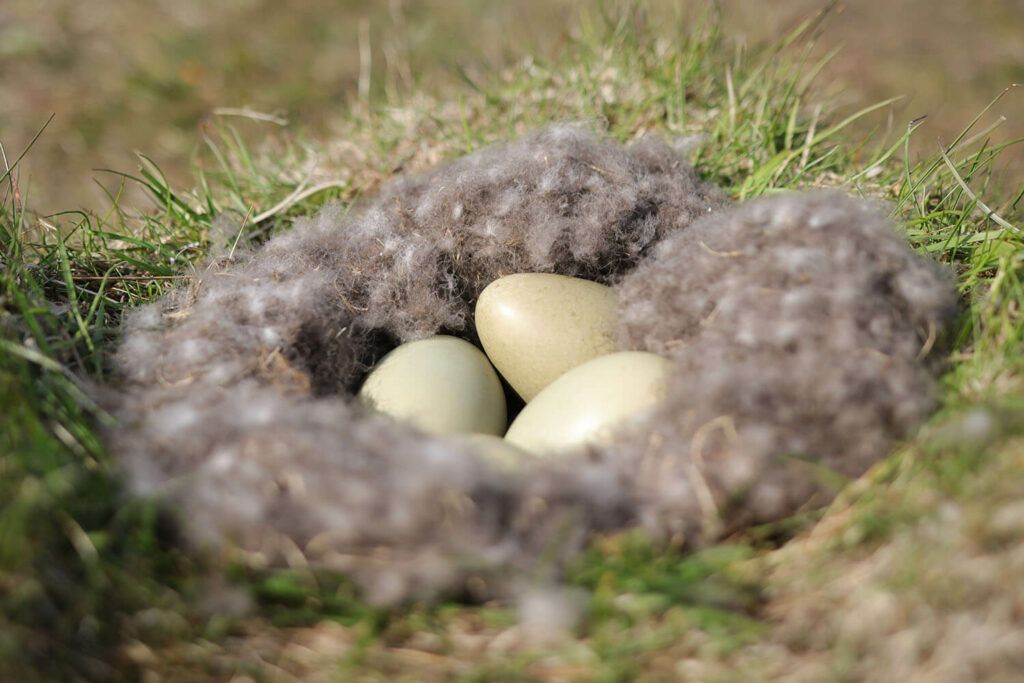5 Reasons Why Eiderdown Makes High-Quality Luxury Duvets

From the Nordic settlers who arrived in Iceland aboard longboats in the 9th century, through to the kings and queens of Buckingham palace, eiderdown has been coveted around the world as nature’s finest when it comes to luxury duvets.
Like other rare natural materials - ivory, precious metals, and gemstones - eiderdown’s premium price can partly be attributed to the difficulty of finding, collecting, and processing it.
In fact, only around 4000 kg (8818 lbs) of the precious down is harvested each year (enough to make roughly 5000-6000 duvets!). To put it into perspective, they make more Lamborghinis in the same time.
And eiderdown is painstakingly hand-collected from the abandoned nests of eider ducks. It takes around 50-70 nests to make 1 kg (2.2 lbs) of eiderdown.
But unlike many precious materials, eiderdown has astounding physical properties that set it apart as the world’s most luxurious for bedding products.
Manufacturers have tried - time and time again - to replicate its warmth, softness, insulation, breathability, and temperature-regulation with synthetic materials. So far, they haven’t succeeded.
Here are five reasons why eiderdown still commands the highest prices on the market for luxury duvets and comforters.

1. It’s nature’s most effective insulator
Eiderdown’s feathery owner - the eider duck - spends 10 months of the year living in the Arctic’s icy-cold seas. And its’ extremely dense plumage is its lifeline - the difference between survival and death. When it returns to land, it lines its nest with this down to help insulate its hatchlings from the chilly Icelandic spring.
So, why is eiderdown so insulating? Rather than the rigid structure of a feather (threads linearly connected to one quill - the hard part), eiderdown is pure softness. Hundreds of tiny, microscopic threads intertwine to create pockets of insulating warmth.
Most duck and goose down on the market have some percentage of normal, less-insulating feathers (and hard, uncomfortable quills). In fact, even the highest-quality white goose down contains 10-25% feathers by weight. And most birds are plucked early in their lifespans - as young as 6-7 weeks for ducks and 8-9 months for geese. Unfortunately, goose down quality reaches its peak at 2-3 years of age.
Eiderdown, on the other hand, is pure, luxurious down, containing less than 1% feathers. It’s harvested from birds who live freely in the wild, meaning the birds develop healthy, natural plumage through their natural lifespans.
Interesting food for thought - there’s a good possibility that the bird who produced the eiderdown in your duvet is still alive!
2. It has magical thermo-regulating properties
When it’s warm, the eiderdown compresses in size to reduce insulation and keep you cooler. When it’s cold, it expands to create those previously-mentioned cozy pockets of insulation. So no matter the weather outside, an eiderdown duvet will keep you at the right temperature.
We’ve all experienced the irritating yo-yo between winter blankets and summer sheets. When you’re always a bit too cold or a bit too sweaty at night - especially in the transitional seasons of spring and autumn. Eiderdown duvets are a great solution to overcoming that - once and for all. What’s more, we also offer three different fill weights (light, medium, and warm) to suit your preferences.

3. Softer and lighter than a feather (literally)
Because Eiderdown has no quills (the hard parts of a feather), it’s pure softness. When you tighten a small clump of eiderdown in your fist, you’ll feel a remarkable sensation of warmth. And when you open your hand, it rapidly expands to 10x its original size - roughly the volume of a large party balloon!
Without feeling it yourself, it’s difficult to describe. “Like holding a cloud” or “otherworldly” come close, but still don’t quite capture the magic of eiderdown.
4. Resistant to compression and clumping
The years aren’t kind to most commercial duvets and comforters. After a while, you may notice clumping or uneven distribution of down and feathers. You might notice it isn’t as fluffy and voluminous as before - and maybe it doesn’t keep you quite as warm at night.
Eiderdown can, in fact, maintain its wonderful physical properties for decades (if treated well!). It can be compressed again and again (which will occur in any duvet or comforter) and still retain its original shape, cohesion, and volume. This is due to a unique elasticity, complete lack of quills, and cohesion that keeps the tangle of microscopic fibers tightly-woven together.

5. Icelandic eiderdown is 100% sustainable & animal-friendly
Eider ducks and Icelanders have a peculiarly symbiotic relationship that dates back to over 1000 years. During spring, farmers create sanctuaries for the birds to nest in, where they’re safe from foxes, minks, and seagulls. They return to the same farm (and even the same nest), year after year, and become accustomed to the farmer and his family.
There, they line their nests with precious down to insulate their hatchlings. And when they return to the sea, they leave it behind for the farmer to collect. Unlike other sources of down, no animals are harmed or taken advantage of.
Most eider duck sanctuaries in Iceland (including ours) are in some of the world’s most natural environments - wild, mountainous fjords and estuaries in remote locations. This helps guarantee that the eiderdown is as clean and pure as possible.
If you’re interested in learning more about Icelandic eiderdown, read our story.